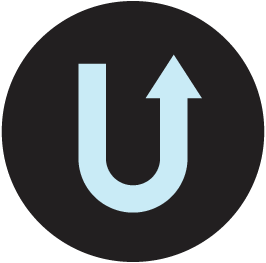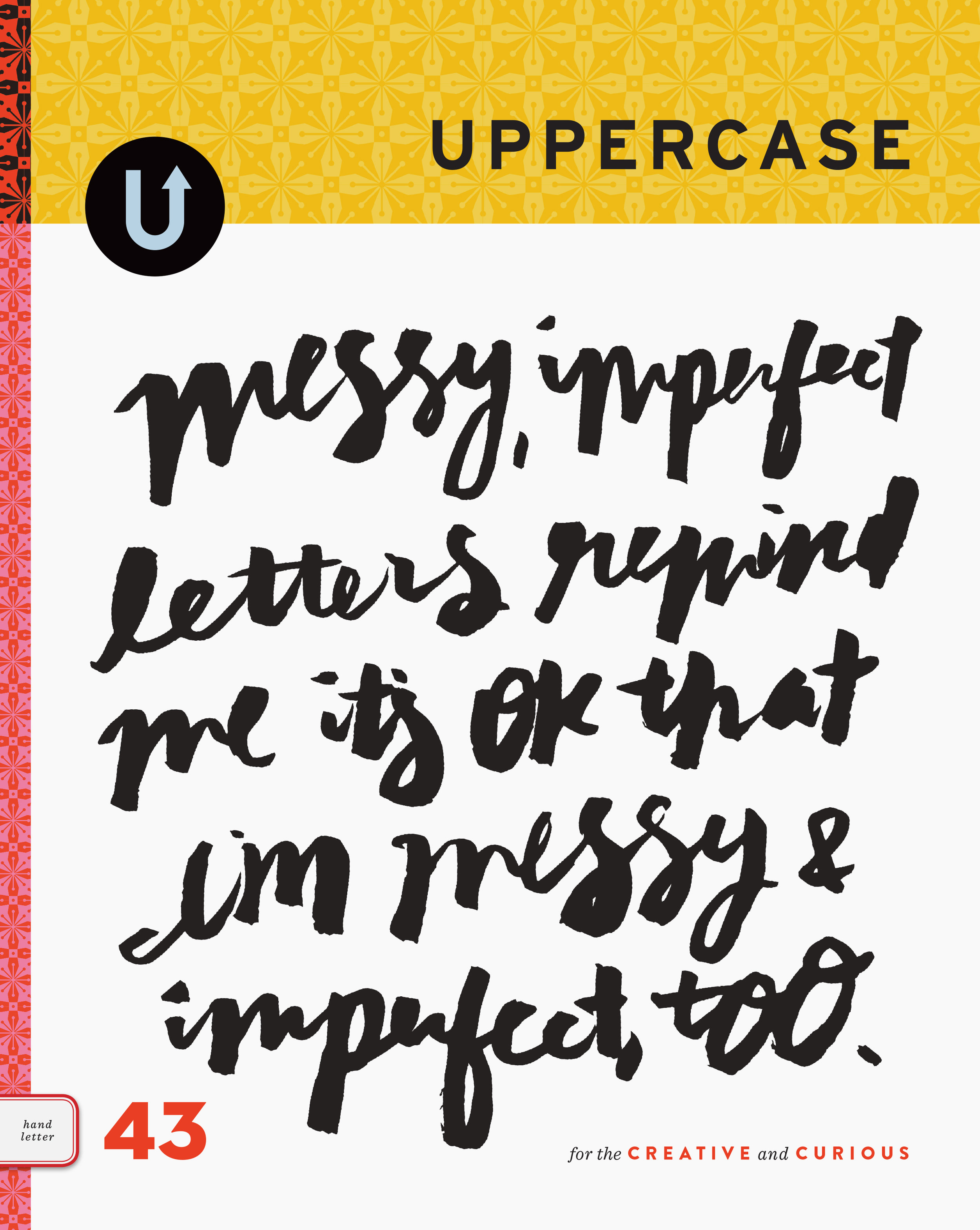Sharon Werner on The Importance of Creative Collaboration
/This guest post is by Andrea Marvan
One of the most revealing Y20 talks was Sharon Werner’s insight on collaboration.
Sharon is the founder of Werner Design Werks, a small design studio of storytellers artists and designers located in Saint Paul, Minnesota. They do both large and small projects, from brand development to packaging, for companies of any size from all over the world. No matter the size of the project, their commitment is to create authentic brand stories that people care about.
During her presentation, Sharon described how her small team works on adapting and navigating to meet the future. They follow three simple steps: listen, talk, design; and work in collaboration with other designers so they are open and flexible to different points of view. “The answer to how do we keep moving forward is collaboration.” Collaborators bring inspiration as well as expertise to their projects they are part of the process from the beginning. Freelancers and junior designers attend meetings with clients, as it is important that they hear from the client directly. There is no hierarchy in her company, she believes that is how research and creativity flows best.
Werner Design Werks’ portfolio includes a series of children’s books, Alphabeasties and other Amazing Types, Bugs by the Numbers, Alphasaurs and other Prehistoric Types, published by Blue Apple Books. I couldn’t miss the opportunity to get a copy for my 4-year-old alphabet fan & zoologist, and Sharon kindly signed it with a cute note for him (“Tomas, T is for Tiger”).
Alphabeasties books were also a good example of collaboration between Sharon and Sarah Forss, senior designer at Werner Design Werks. The project started as a fluke, it was their own personal project and suddenly someone was interested in publishing it as a book. Sharon recalls thinking, “What can we bring to an alphabet book that hasn’t been done before? Typography, that’s what we know about!” and so the first book was born. As the younger generations are paying more attention to design nowadays, the project aimed to demonstrate “that typography is fun, that type has a personality and can express more than simply the words being spelled.” It was a creative outlet but it not always easy to find the time to work on side projects. The tactics that worked for Sharon to push that personal project was treating it like a real project with a real client; carving up the time to do it. She emphasized the importance of giving personal projects the attention they deserve, from your website to a project you are passionate about.
Reading more about Sharon’s work I found an interview she recently did for AIGA. I thought I would include here part of it, because her collaboration working model really resonated with me and with the Y20 audience:
(AIGA): Clearly this is a model that has worked for you. I’m sure you’ve had opportunities to expand the size or staff of your studio, but you’ve chosen not to do that. Why did you made that choice?
(SW): Well, I love to work with a lot of different people. Sometimes I think when you’re in an office environment; there can be a lot of petty “officeness.” No matter what the agency, no matter what the environment, there’s just this stuff that happens that’s peripheral to the actual work. Sometimes the morning chitchat you have with colleagues is really nice and fun, but when it happens all day long, it’s crazy. I think having a smaller studio, we can avoid that, and then we can bring in people to work on very specific tasks and specific things. Then we can move on and bring in new people. You don’t get caught up in everyone’s personal issues. Another reason I’ve decided to keep the studio small is that I like to stay involved with the actual work and process. As an owner, it’s difficult to do that with more people. You tend to get caught up in the management of people.
Keeping the studio small allows us to stay more focused. We don’t need to sit down and have staff meetings. We know the status of everything that’s going on all the time. I personally like that, though I don’t know if that’s right for everyone. That’s just my personality. I don’t want to sit in a staff meeting. I just want to do the work and I want to brainstorm.”
For the full interview please see http://www.aiga.org/sharon-werner/










